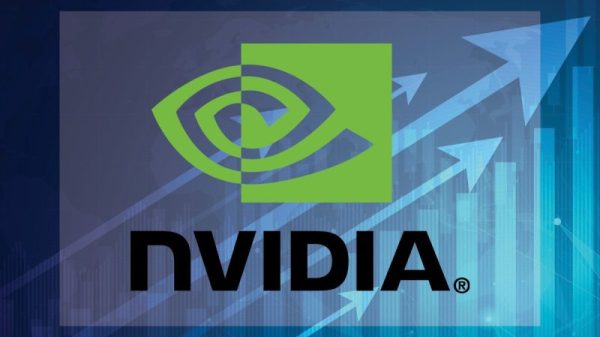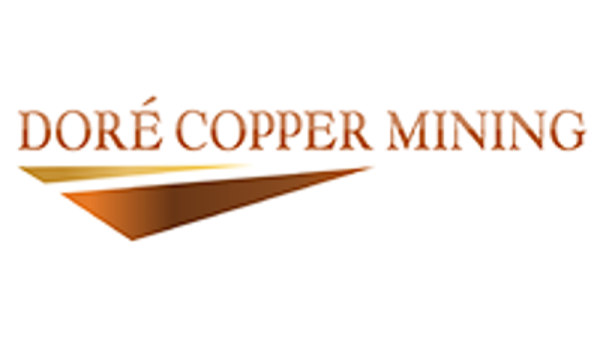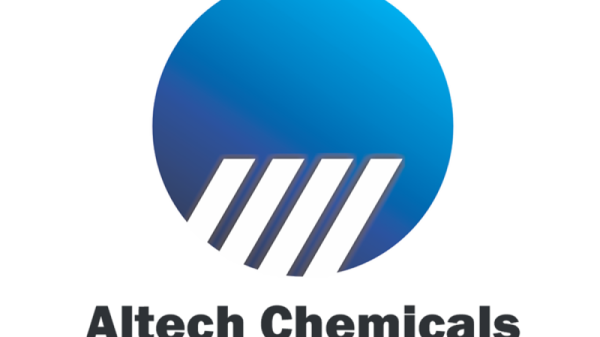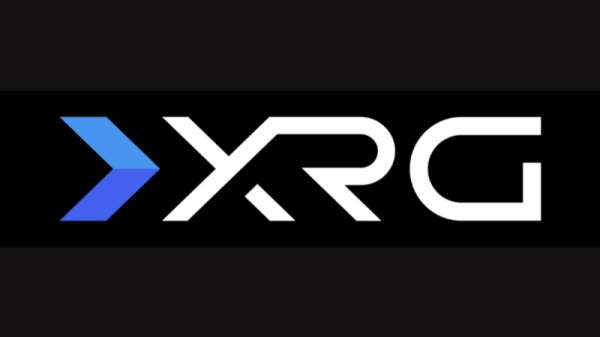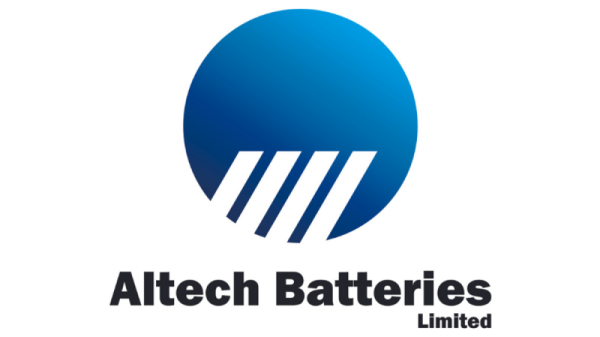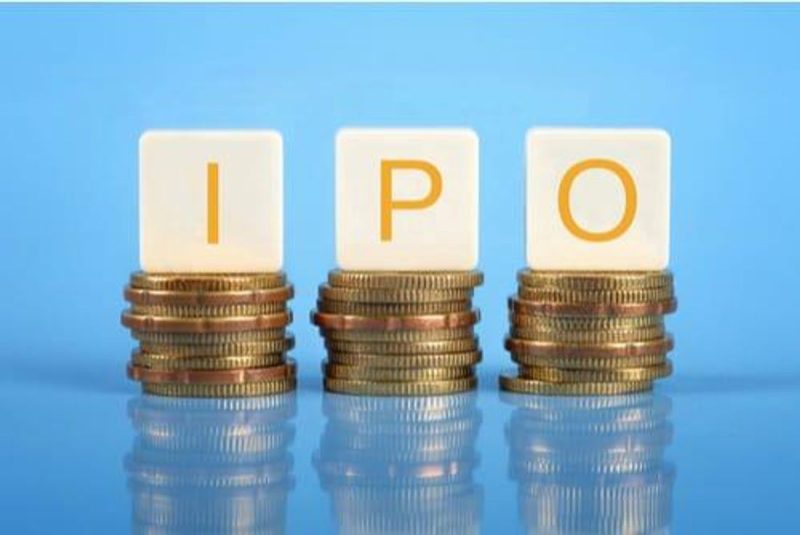The number of private companies going public through initial public offerings (IPOs) has skyrocketed in recent years, and investors are wondering how to get a piece of the pie.
In 2021, global IPO activity hit its highest point in a decade, according to consulting firm EY, with a whopping US$459.9 billion raised across 2,436 listings — up 69.4 percent over 2020.
The technology industry topped the list in terms of both volume and capital raised. Three of the biggest IPOs for 2021 included electric vehicle (EV) maker Rivian (NASDAQ:RIVN) for US$11.9 billion, South Korean ecommerce platform Coupang (NYSE:CPNG) for US$4.6 billion and EV company Lucid Motors (NASDAQ:LCID) for US$4.6 billion.
But the global IPO market seemingly fell off a cliff in 2022, states EY, with volumes down 45 percent, while proceeds fell by 61 percent year-on-year. That negative trend cast a dark shadow over the first half of 2023 as well, but more recently the space has seen what’s been described as a ‘flurry’ of IPOs as private companies rush to get deals done before year end.
Once again, many of these looking-to-IPO companies are tech firms. Data and marketing automation firm Klaviyo, which has a valuation of US$9.15 billion, is applying to list on the New York Stock Exchange. Grocery delivery service Instacart, valued at US$10 billion, has applied to list its shares on the NASDAQ. VNG, which became Vietnam’s first unicorn company when its valuation passed US$1 billion in 2021, is another tech stock set to IPO on the NASDAQ. The company offers online games, payments, cloud services and a popular messaging app in Vietnam. Once complete, the IPO would “mak(e) it the first technology firm from the Southeast Asian country to list in the United States.”
What is an initial public offering?
An initial public offering, or IPO, is the process by which a private company becomes a public entity and begins to sell shares of stock to the public. This process is also known as “going public.” IPOs are used to raise capital, pay off debt or even as an exit strategy for a company’s founders and early investors.
According to Investopedia, there are two main stages in the IPO process: the pre-marketing phase and the IPO itself. During the pre-marketing phase, a company will advertise its intentions to list on a stock exchange and solicit private bids from underwriters. The role of the underwriters is to manage every part of the IPO process, including due diligence, document preparation, filing, marketing and issuance.
Once the underwriters for the IPO are chosen and an underwriter agreement is in place, the IPO team — comprised of underwriters, lawyers, certified public accountants and securities exchange experts — begins compiling the required documentation for the exchange on which the company intends to list.
During this stage, marketing materials are created that will help the underwriters determine public interest to better gauge the offering price and issuance date for company shares. The company’s leaders will take steps to form a board of directors and ensure processes are in place for quarterly financial and accounting reports to stay compliant with exchange regulations.
On the day of the IPO launch, when the first shares are issued, “capital from the primary issuance to shareholders is received as cash and recorded as stockholders’ equity on the balance sheet,” explains Investopedia. And with that, a privately owned company transforms into a publicly traded entity with grander access to capital, greater ability to grow and increased credibility for future loans.
Why participate in an initial public offering?
IPOs are clearly advantageous for companies, but what about the investors who participate in them? What can investors gain — besides shares — by participating in an IPO?
One of the investor advantages of IPO investing is the opportunity to get in on the ground floor at the offering price before a company starts trading on the open market. Getting in early in the lifecycle of a public company provides investors with the chance to profit from the firm’s potential future growth.
“IPOs are usually discounted to ensure sales, which makes them even more attractive, especially when they generate a lot of buyers from the primary issuance,” Investopedia explains.
However, as is the case with any speculative investment, IPOs are not without risks. For one, there is no guarantee that a stock will go on to trade higher than the initial IPO price, or even at that price. Another factor to consider is when to invest — the number of investors who can get in at the initial offering price are limited. Once the stock begins trading on the open market, the share price can swing widely.
For example, an investor may end up paying US$40 per share for a stock that opened at US$20 that same day. It’s also possible for the closing price to be well below the offering price.
Secondly, there is often limited financial data available for private companies pre-IPO. The US Securities and Exchange Commission, a government agency whose goal is to protect investors, says it is important to read a company’s IPO prospectus “because it provides information regarding the terms of the securities being offered as well as disclosure regarding the company’s business, financial condition, management and other matters that are key to deciding whether the offering is a good investment.”
Investors should also take a look at the company’s management team, as well as the quality of the underwriters as part of their due diligence.
How to participate in an initial public offering?
For investors who have tuned out the hype, done their due diligence and decided the potential reward is worth the risk, there are two ways to participate in an IPO.
The first is by purchasing shares at the offering price. This is typically available to a limited pool of investors who are invited to take part in the IPO through an underwriter. For the most part, this opportunity is usually extended to institutional investors and high-net-worth individuals.
The more common entry route to an IPO is to purchase shares through a broker once they are resold on the public market. Keep in mind that not all brokerage firms deal with IPO stock transactions. However, many of the larger inexpensive brokerages do, including TD Ameritrade, Fidelity, Charles Schwab and E*Trade.
Brokerage firms have eligibility requirements for those who want in on IPOs. For example, depending on the IPO, Fidelity requires an investor to hold either US$100,000 or US$500,000 in household assets (excluding institutional or annuity assets, such as a 401(k), 403(b) and annuity contracts), or be a premium or private client group customer.
Once an investor has met the eligibility requirements to participate in the IPO, the next step is to determine how many shares to purchase and at what price. The broker will confirm this with the investor the night before the IPO launch and the investor will be given a deadline to place an order.
One final note on IPOs
While IPOs are an exciting way to gain exposure to an emerging growth story, they are also one of the riskiest bets in the stock market — especially compared to market-tested blue-chip stocks with dividends. Investors should practice due diligence and assess their own risk profile before investing in an IPO.
Securities Disclosure: I, Melissa Pistilli, hold no direct investment interest in any company mentioned in this article.

